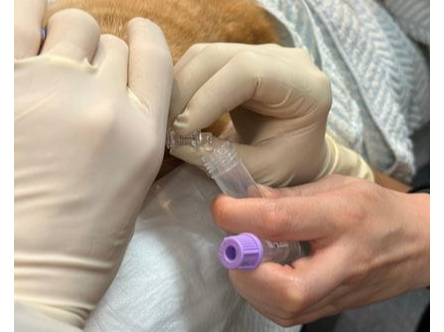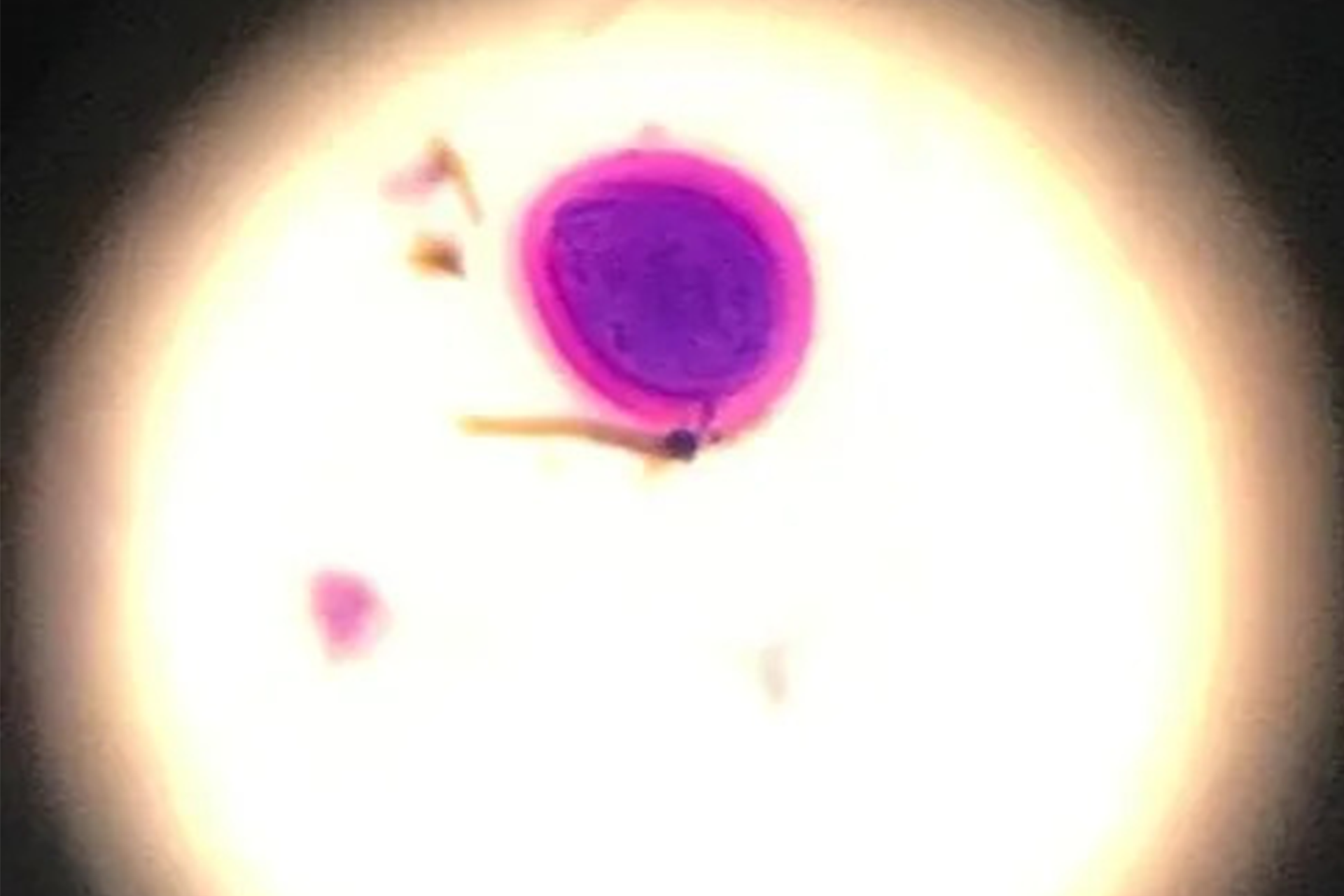This test is performed in patients with a suspicion of neurological disease. It is used for identifying infectious brain diseases such as fungal disease (e.g. cryptococcus), viral disease (e.g. Feline Infectious Peritonitis), cancer (e.g. lymphoma) and meningitis.
A needle is passed into the fluid filled space around the spinal cord either at the top part of the neck (cisternal) or the lower spine (lumbar).
This procedure is typically performed following MRI or CT studies and is always performed under anaesthesia.
Once the fluid has been obtained it is sent to the laboratory for further testing. Results start to be received after 24 hours.







